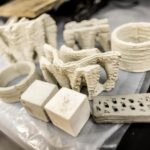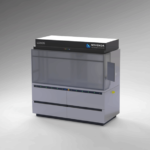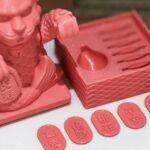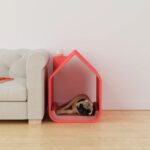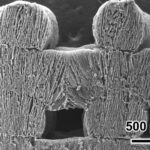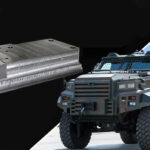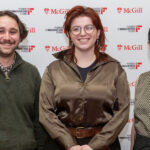University of Toronto researchers have developed a new method to control metal microstructures in laser powder bed fusion (PBF-LB) 3D printing. The technique, detailed in Scripta Materialia, focuses on adjusting melt pool overlaps while maintaining consistent energy densities and scan patterns.
The research team demonstrated their approach using 316L stainless steel, successfully producing various grain sizes and morphologies. This achievement was accomplished without altering other key printing parameters, offering a streamlined approach to microstructure control.

The process works by either maintaining or removing newly formed grains during the creation of subsequent melt pools. According to the researchers, the retention or elimination of these grains is primarily influenced by the degree of melt pool overlap, with grain nucleation occurring predominantly at melt pool boundary surfaces.
The implications of this research extend beyond stainless steel applications. The team suggests their methodology could be applied to various metallic alloys, providing manufacturers with additional options for controlling material properties in additive manufacturing processes.
The complete findings are available in the paper “Remelting-based microstructure engineering in laser powder bed fusion: A case study in 316L stainless steel,” authored by Tianyi Lyu and Yu Zou and is available here.
Source: metal-am.com


